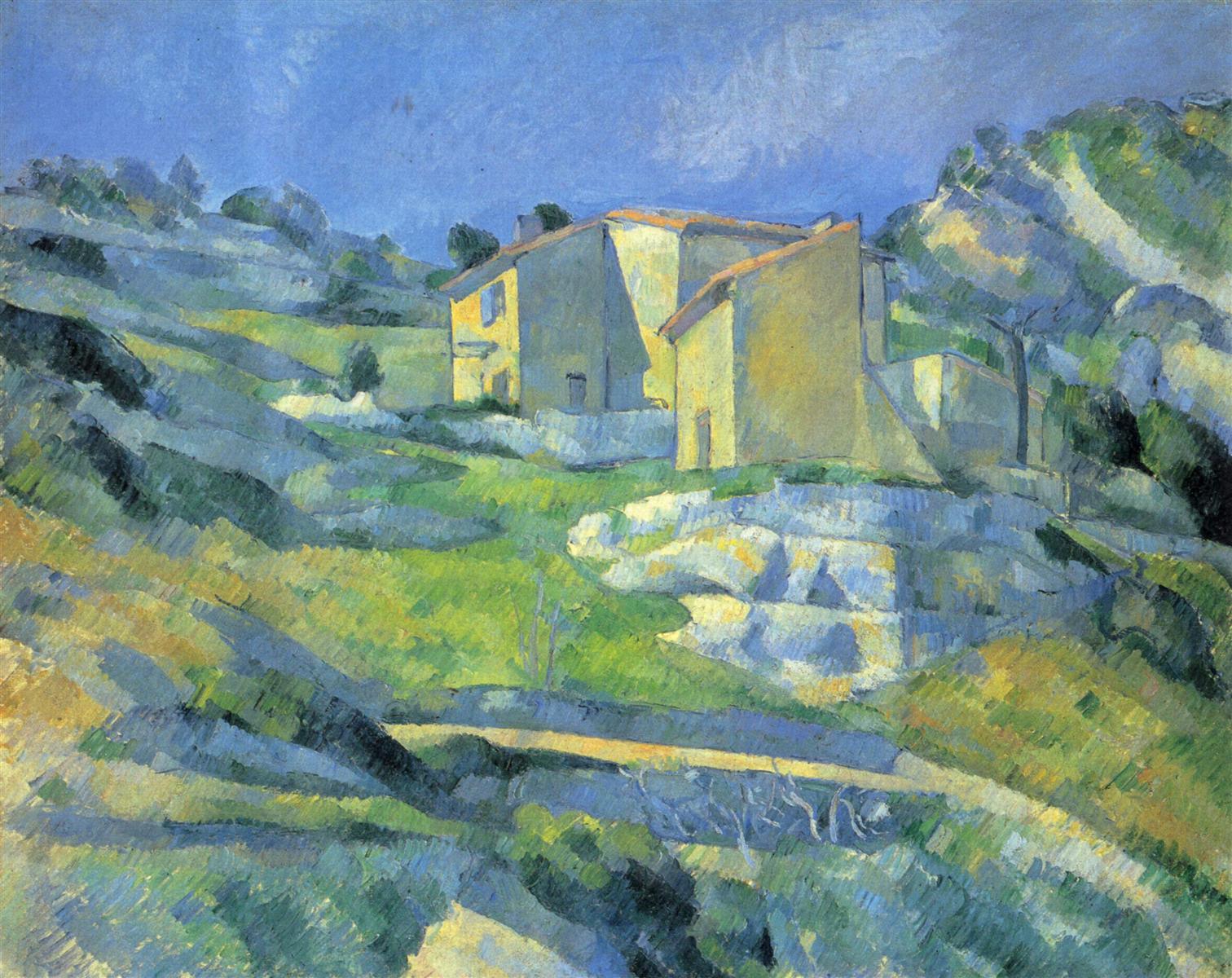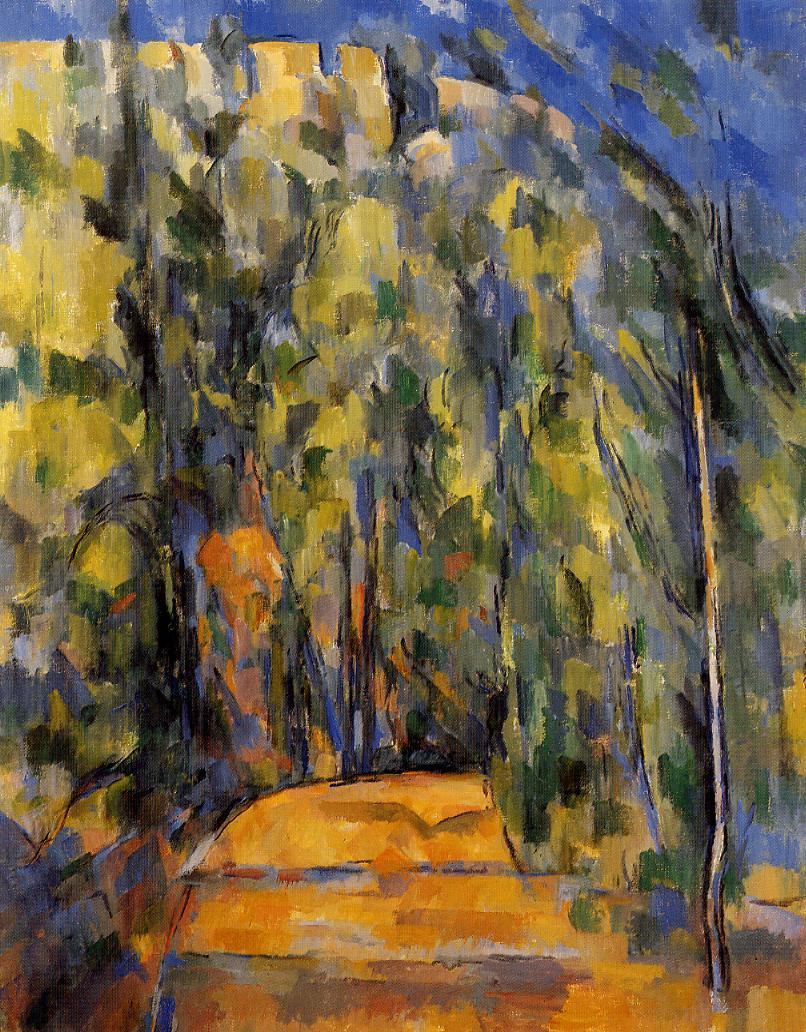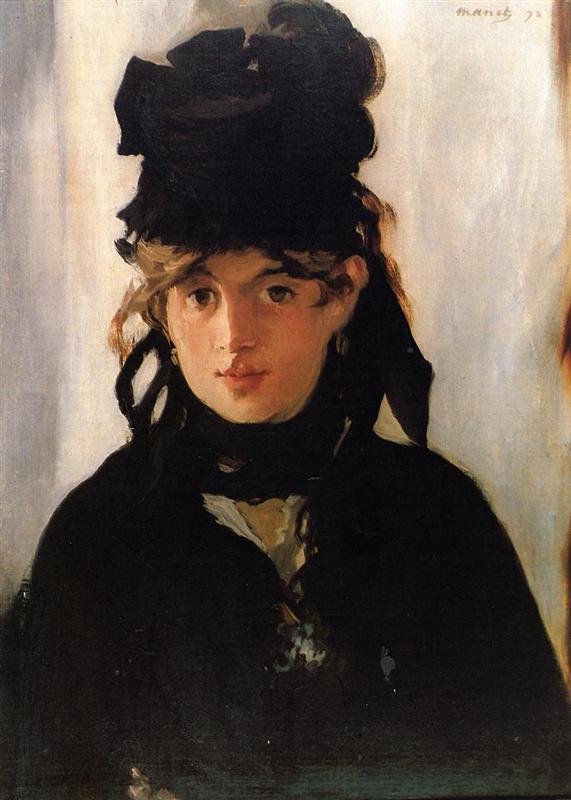Everything is simplified, reduced to a few regular light planes, like the face in a portrait by Manet. And nothing is insignificant and superfluous.
Rainer Maria Rilke to Clara Rilke
OCTOBER 12, 1907 (Part 1)
These are the days where everything is all around you, luminous, light, barely intimated in the bright air and yet distinct; even what is nearest has the tones of distance about it, is taken away and only shown, instead of being put there, as usual;

and all the things that are related to distance—the river, the bridges, the long streets, and the extravagant squares—have been absorbed and hugged close by that distance, are painted upon it, as if on silk.


You can feel what a light-green carriage can be on the Pont-Neuf or some red that can’t contain itself, or simply a poster on the fire wall of a pearl-gray group of houses. Everything is simplified, reduced to a few regular light planes, like the face in a portrait by Manet.
And nothing is insignificant and superfluous.
The bouquinistes along the quai are opening their boxes, and the fresh or withered yellow of the books, the violet brown of the volumes, the green of a portfolio: everything is right, is valid, takes part, adds its sound to the ensemble of bright correspondences.
Rainer Maria Rilke to Clara Rilke
LANDSCAPE OF WORDS. THE WORK
Another of Rilke’s landscapes, now with a direct comparison to a painting. And not to a landscape even, this would have been too straightforward. To a portrait!
This landscape, including this comparison, was later included, almost word-by-word, in Rilke’s novel, The Notebooks of Malte Laurids Brigge — “work” done not as “work”, just as a fruit of unfolding life.
SEEING PRACTICE: Nature like Paintings
The common sense is to compare paintings to nature: are they true to life? Are they realistic?
But the way we see nature is informed by paintings we see, and let sink deeply into our sense of vision. Do you, too, sometimes feel that the best way to describe what you see in nature is to remind the listener of a painting?